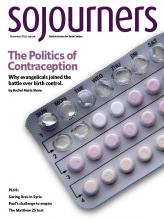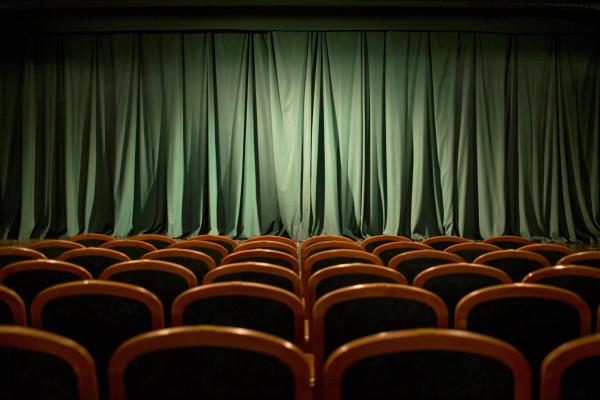MY FRIEND the architect Colin Wishart says that the purpose of his craft is to help people live better. Just imagine if every public building, city park, urban transportation hub, and home were constructed with the flourishing of humanity—in community or solitude—in mind. We might be inspired to create new, hopeful thoughts, friendships with strangers, or projects that bring transformation into the lives of others.
It is easy to spot architecture divorced from its highest purpose. In a building or other space made to function purely within the bounds of current economic mythology—especially those created to house the so-called “making” of money—the color of hope only rarely reveals itself. Instead we are touched by melancholy, weighed down by drudgery, compelled by the urge to get away. But when we see a space whose stewards seem to have known that human kindness, poetry, and breathing are more important than the “free” market, we realize that it is possible to be always, everywhere, coming home. Think of a concert hall designed for the purest acoustics, a playground where the toys blend in with the trees, a train station where the transition from one place and way of being to another has been honored as a spiritual act.
Read the Full Article

